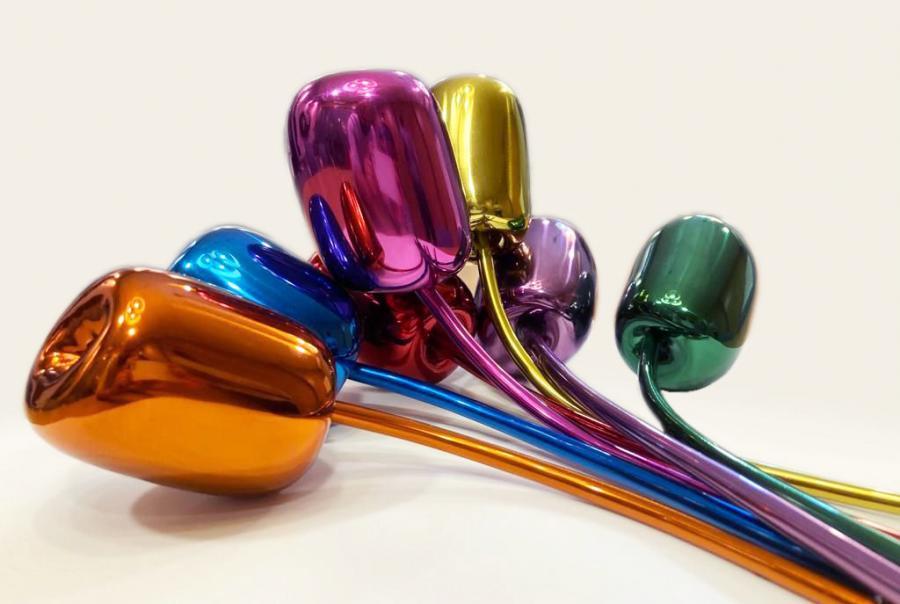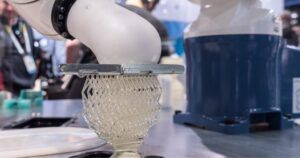Best practices in prototyping process
May 02 2022
The word prototype is often used to refer to a simple model, like the solution to be produced, but with barely any functionality. However, at IDELT we develop prototypes with a specific value that goes far beyond the physical appearance. We make parts capable of exhibiting their functionality and potential, allowing us to test all the attributes of the final product and the added value that IDELT provides during the development phase: from design, aesthetics and ergonomics to functionality and ease of use.
To IDELT, prototyping is a fundamental process that consists of manufacturing a part in a unitary way to show our customers that the product we are developing meets all their requirements from any point of view. We consider that the creation of a prototype is not only important to carry out a product presentation at a tradeshow or to point out what its physical appearance will be, but it is also crucial to obtain the necessary certifications in critical areas such as the medical sector, and, of course, to verify that the product meets the expectations and that it works perfectly.
This is why the prototyping process at IDELT is carried out in a meticulous manner and is a fundamental step in the 360 strategy with which we support our clients. The first step in this development is to analyze the feasibility of the process to check the viability of the product, production, and deadlines, and to be sure that it meets the financial guidelines. At that point is when we choose the prototyping technologies that best fit the needs and requirements of our customers in key aspects such as temperature conditions, weight, rigidity, aesthetic character, etc. At IDELT we have the most appropriate technologies to carry out this process, among them:
ADDITIVE MANUFACTURING: These are manufacturing techniques by addition of material (3D printing) Among them we highlight:
- Sintered polyamide (SLS) It is a manufacturing technique using a laser that fuses a polyamide powder. Ideal for single parts, or very small quantities. Widely used for testing volumes, ergonomics and/or functionality.
- Stereolithography (SLA). This is a technology that uses lasers to produce parts from a liquid resin sensitive to UV light: the laser scans the surface of the resin and selectively hardens the material that corresponds to the final part. Ideal for single parts, or very small quantities with certain mechanical properties and good surface quality.
- Multijet Fusion HP (MJF): 3D printing of polyamide. Very precise parts with very good mechanical behavior are obtained. Ideal for single parts and small series.
- Metal sintering. It is a manufacturing technology based on layers, which allows modeling complex parts by melting metal powder. Ideal for prototyping few units of metal parts.
Other processes:
- Silicone molds. From a model manufactured in 3D printing, a silicone mold is made and then polyurethane is injected in a vacuum chamber. Ideal for making small series and obtaining parts with mechanical properties close to the final thermoplastic material.
- CNC machining. It starts from a block and is machined to obtain the final part. Ideal to obtain prototypes in final material, both plastic and metal.
- Prototype injection molds. From our own mold holders, we manufacture aluminum parts that allow us to manufacture parts based on real process and materials for certifications, mechanical testing of product or any other type of customer needs.
- Post-processes. Our painting, pad printing and silkscreen printing post-processes allow us to deliver aesthetic prototypes very close to what will be the serial product.
This prototyping process is essential in the end-to-end strategy that we offer to our customers, in which the advice we provide plays a fundamental role to ensure the success of the process. It is this support work that helps us to provide our customers with the necessary knowledge base so that they can identify the key points and the scope of each of the development phases of their product.







